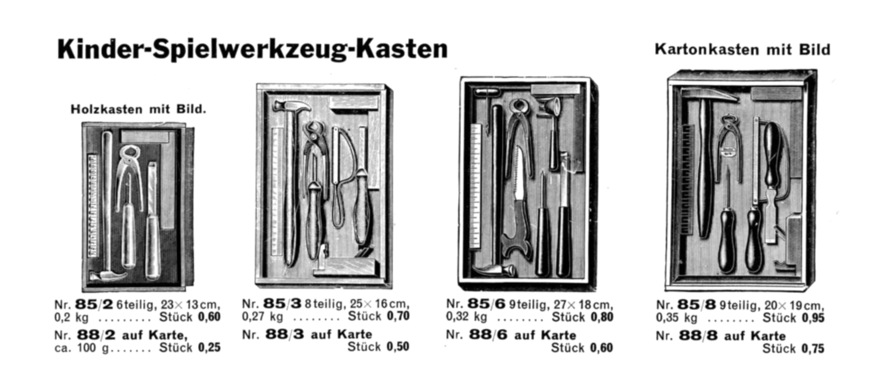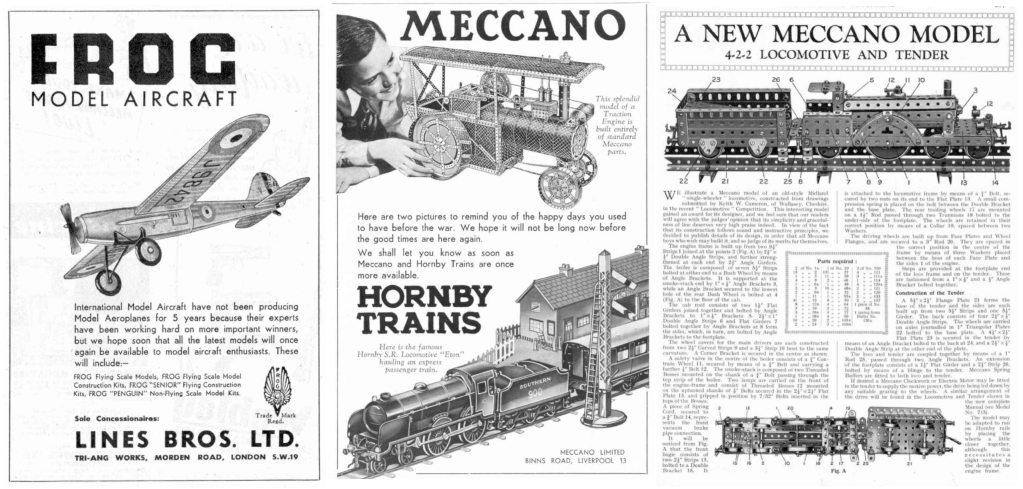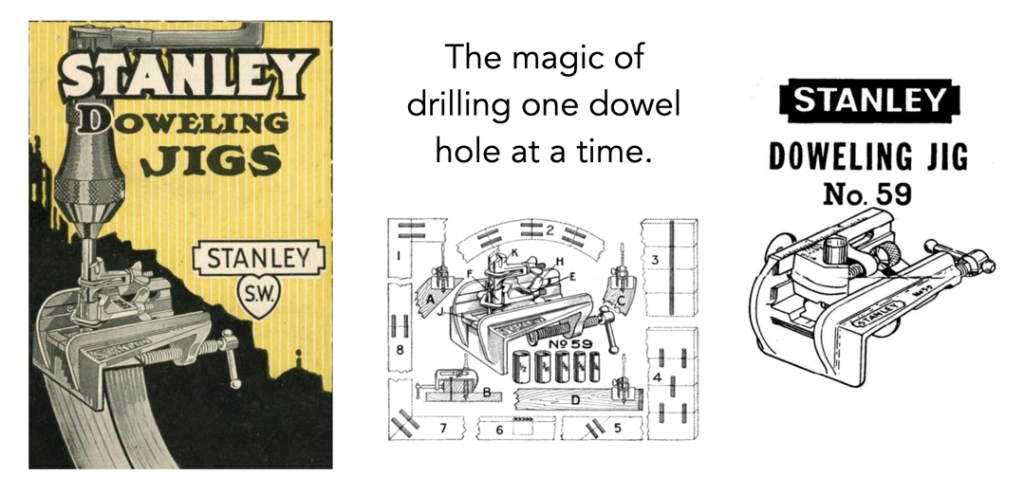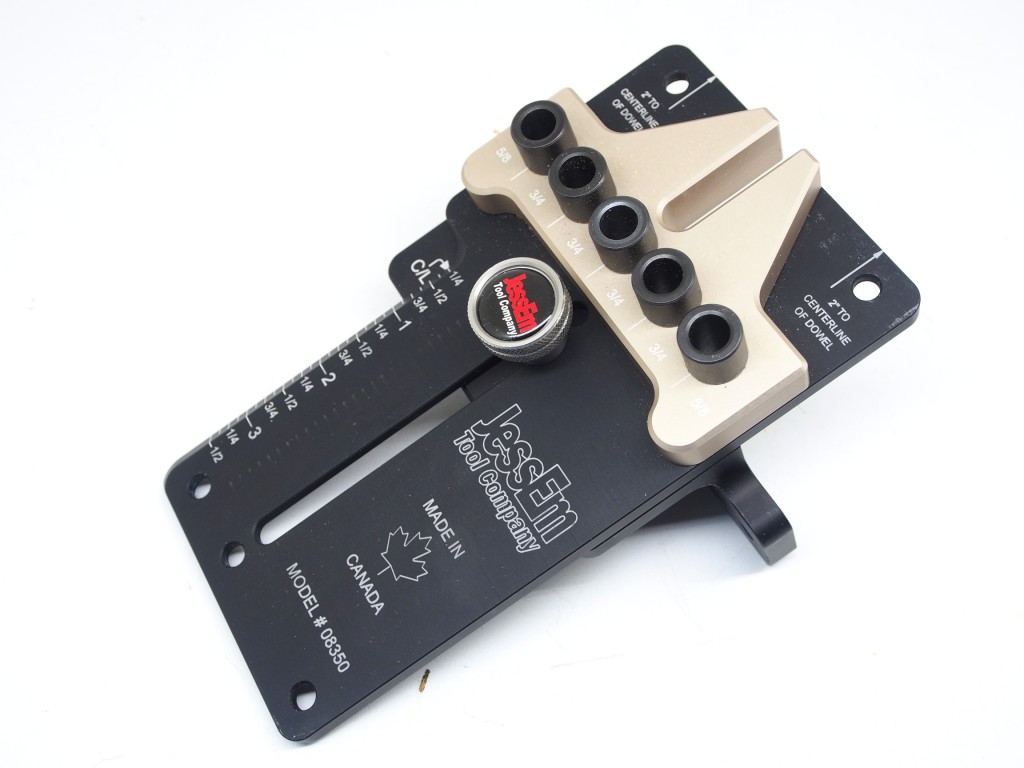When woodworkers build modern chests, they often use dovetails, and let’s face it – dovetails are extremely strong for this purpose, and they may be the most aesthetically pleasing of all the joints. But what about historic chests? In Ancient Coffers and Cupboards, [3] Fred Roe looks at how these were built from “the dark ages” until the 16th century. The coffer was a box of great strength, intended for the keeping and transporting weighty articles – essentially a strongbox, or small chest. Roe’s book contains numerous illustrations of these coffers over the ages, many ornately decorated. But how were these ancient chests held together? Were they festooned with dovetails?
The simple answer is probably not, or rather we don’t know.
As we know, the ancient Egyptians were already using dovetails in high-end carpentry. There is evidence from the Roman architect Vitruvius, in his Ten Books of Architecture (25BC) on the construction methods for roof beams, including the use of “dove-tailed tenons”. So it is possible that these methods were used in Roman Britain. But while we have this information, it’s a gargantuan leap from the ancient world to the more widespread use of dovetails in England starting circa 1600. Were the “Dark Ages” so dark woodworking didn’t evolve? We do know that much of the technology introduced by the Romans in Britain was lost in the years after their decampment. There is some evidence of the existence of dovetailed chests in England from early times. A monk present when the tomb of St Cuthbert (who died 687, but was reburied numerous times) was opened in 1104 observed that one of the chests containing the remains was “joined and united by the toothed tenons of the boards which come from this side and from that to meet one another, and by long iron nails” [2].

In Old Oak Furniture, also by Fred Roe [4], he talks about chests during the Gothic period (12th C-mid 16th C)- “they were always fastened together with wooden pegs or trenails, iron only being used for hinges, clamps, and locks.”. He goes on to say that dovetailing when practised at all, in the 13th and 14th centuries was done so in a secret form – it was carried out in a singular manner, being worked perpendicularly down the inner part of the uprights (stiles), so as to be invisible from the front (see Figure 1). This is basically a vertical sliding dovetail, with curved dovetails, seemingly a lot of work for a joint that was hidden (never mind the curves!). A series of small fan-tailed mortises interlocking with each other at the corners may be sometimes seen on late Gothic coffers, such as that in the church at Evesham [4] (see Figure 2). In England it was unlikely this form of dovetailing was practised before the start of the 16th century.

There is an excellent example of a barber-surgeon’s chest from the wreck of Tudor ship Mary Rose which sank on July 19th, 1545. Constructed of walnut, it has multiple dovetailed corners reinforced with nails. Other dovetailed chests were constructed of elm, oak, walnut and poplar. What is interesting here is that most of the chests on board the Mary Rose were of boarded construction, either butted or rebated and either nailed or pegged together [1]. During this period, dovetail construction was generally the purvey of continental furniture. Author David Knell makes the point that dovetail chests were imported into into England from places such as Germany and northern Italy during the Tudor and early Stuart period, although he also points out that there is no evidence the chests weren’t made in England (perhaps by immigrant craftsmen) [1].
The reality is that we really don’t know much about the history or evolution of dovetails. Was the English dovetail an offshoot of the sliding dovetail used in making early chests or did it evolve from the use of dovetails in English house construction? Was it integrated into British woodworking from the woodworking practices of immigrants craftspeople from the continent? A large scale study of the history of woodworking joints has never been undertaken. The only way to begin to understand the history of dovetails would be to investigate furniture joints throughout history. This doesn’t really tell us how or why, but it would give a picture of when. But it is also fraught with issues related to finding wooden furniture pieces from relevant periods.
Regardless of all these unknowns, the use of dovetails from 1600 onward had repercussions in the cabinetmaking industry. For instance the mortise and tenon joints used in building carcasses required lumber to be a minimum of 25mm thick, whereas dovetails would reduce this, likely to something more like 18mm. By the late 17th century, dovetails were a common feature in drawers, and by the mid 1700s, the broad dovetails sometimes hidden by mouldings had narrowed into finer ones.
P.S. The German word for a dovetail joint is Schwalbenschwanzverbindung, quite a tongue-twister! It is actually the German for a swallowtail joint, as on the continent there are various names including culvertail and fantail joint.
References
- David Knell, “Tudor Furniture from the Mary Rose“, Regional Furniture, XI, pp.61-79 (1997)
- Penelope Eames, Furniture in England France and the Netherlands from the Twelfth to the Fifteenth century, Furniture History Society (1977)
- Fred Roe, Ancient Coffers and Cupboards Their History and Description from the Earliest Times to the Middle of the Sixteenth Century, Methuen & Co. (London) 1902
- Fred Roe, Old Oak Furniture, Methuen & Co. (London) 1905


















